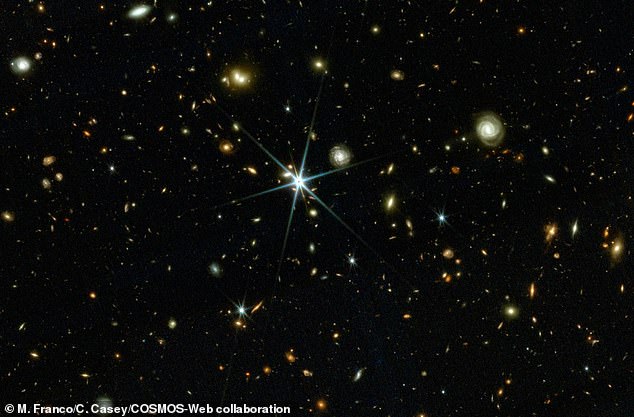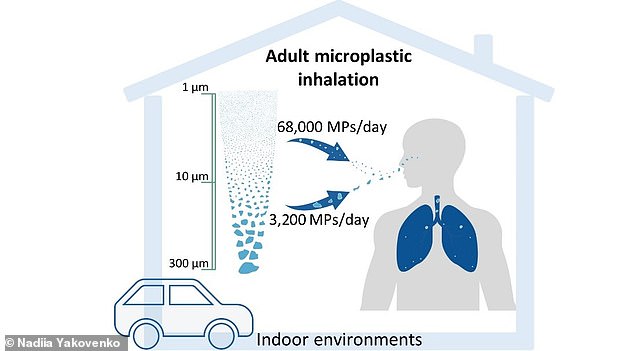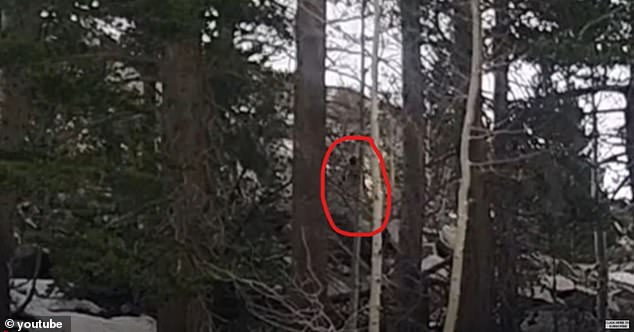
Navigate the Cosmos: Interactive Map Unveils 800,000 Galaxies Across 13.5 Billion Light-Years
Explore the Universe from Home: COSMOS-Web Reveals 800,000 Galaxies
Studying the cosmos no longer requires billion-dollar telescopes or supercomputers. Scientists have launched COSMOS-Web, an interactive map allowing anyone to explore nearly 800,000 galaxies, glimpsing back 13.5 billion years—just 300 million years after the Big Bang.
Spanning an area equivalent to three full moons in the sky, this revolutionary tool stitches together over 10,000 images from NASA’s James Webb Space Telescope (JWST). Unlike earlier maps limited by technology, COSMOS-Web offers unprecedented scale and detail. “If the Hubble Ultra Deep Field were a sheet of paper, our map would be a 13-foot mural,” says Professor Caitlin Casey, co-lead of the project.
[Image suggestion: Wide-view of COSMOS-Web showcasing thousands of galaxies Caption: The COSMOS-Web map reveals galaxies across 98% of cosmic history.]
Unlocking the Data
Previously, interpreting raw space data demanded supercomputers and expertise. Now, after two years of work by an international team, the map is public. Users can zoom into galaxy clusters, switch imaging filters, or click individual galaxies to access detailed spectral data. “The best science happens when everyone explores the same data differently,” Casey emphasizes. Explore the map here.
[Image suggestion: Close-up of spiral galaxy in COSMOS-Web Caption: Zooming into galaxies reveals their structures and evolutionary stages.]
Surprises in the Early Universe
COSMOS-Web is already reshaping cosmic understanding. JWST’s sensitivity uncovered 10 times more early galaxies than expected, challenging theories about the universe’s first 500 million years. Hubble data suggested slow star formation, but JWST reveals dense cosmic neighborhoods far earlier. “We don’t know how stars formed so quickly,” admits Casey.
[Image suggestion: Grid of six galaxies at different cosmic eras Caption: Galaxies observed 3–13 billion years ago show rapid early growth.]
Why JWST Makes a Difference
Boasting a 21-foot (6.5m) mirror—three times wider than Hubble’s—JWST captures fainter light from ancient galaxies. “JWST lets us study the chemistry and evolution of the universe’s first stars,” says co-lead Dr. Jeyhan Kartaltepe. Future plans include using spectrographs to analyze the oldest galaxies’ composition.
[Image suggestion: JWST vs. Hubble size comparison Caption: JWST’s larger mirror enables deeper cosmic views.]
Join the Discovery
COSMOS-Web invites everyone—from scientists to students—to investigate mysteries like dark matter and galaxy formation. As researchers refine the data, this tool bridges the gap between cutting-edge science and public engagement, proving the universe’s wonders are closer than ever.
[Image suggestion: Scientist analyzing COSMOS-Web data Caption: Researchers hope public participation will unlock new cosmic insights.]
The Big Bang Context
The map’s 13.5-billion-year view aligns with the Big Bang theory, which posits the universe began as a hot, dense point 13.8 billion years ago. JWST’s findings may refine our grasp of this primordial era.
[Image suggestion: Cosmic microwave background radiation map Caption: Fossil radiation from the Big Bang helps trace cosmic evolution.]
COSMOS-Web transforms how we connect with the cosmos—proving that even from home, the universe’s deepest secrets are within reach.


